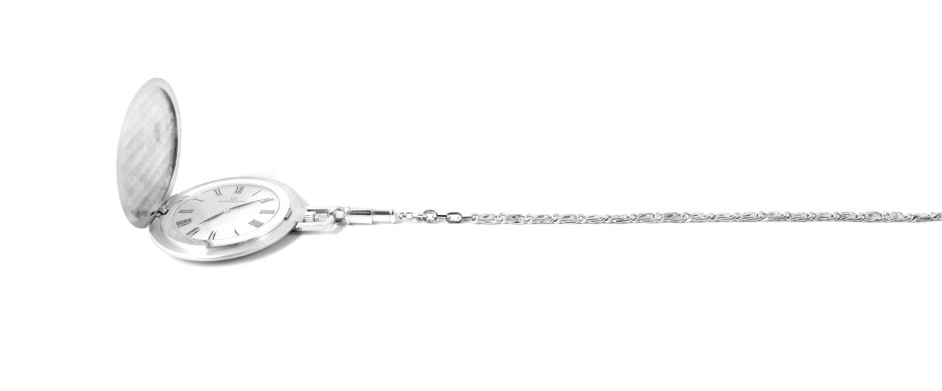
- Questo evento è passato.
Marzia Migliora. Velme
13 Maggio 2017 - 26 Novembre 2017
From May 13 to November 26, the Fondazione Merz and MUVE, Fondazione Musei Civici di Venezia, present Velme, a site-specific exhibition by artist Marzia Migliora, curated by Beatrice Merz. The works are on display in several rooms of the Museo del Settecento Veneziano in the historic Palazzo Ca’ Rezzonico. The project is characterised by forms of expression that are recurrent in the artist’s production: the desire to show what is hidden and to reveal the relationship with space and the history of places.
Marzia Migliora aims to bring out the contradictions and repeated exploitation—of natural and human resources, and labour, typical of the history of mankind—through the clues emerging from the history of the lagoon city and from the works conserved in Ca’ Rezzonico, establishing a dialogue and contrasting them with the works she has created. The artist accomplishes this here by extrapolating elements from the collection, showing them in a new light, and shifting the point of view of the visitor. The title of the exhibition aptly summarises the considerations that underpin the project. The word “velma” is the Venetian term for a shoal, indicating a shallow area in the lagoon that emerges during low tides. These shoals, just like the entire ecosystem of the Venetian lagoon, are at great risk due to the morphological degradation and erosion of the seabed, caused by a lack of awareness and the continued violations perpetrated by mankind. The velma, the “meeting point” in the relationship between water and land, the symbol of something underwater that never stops emerging, thus becomes “an urgency of the present” and a bridge that connects us with the past. The project comprises five installations carefully chosen by the artist and located in different rooms of the Palazzo. In the “portego de mezo”—the typical feature of Venetian palaces that links the water gate to the door on the street—hosts a work called La fabbrica illuminata (literally the illuminated factory): five goldsmiths’ workbenches illuminated by a row of neon lights and in which, on each upper shelf, a block of rock salt has been placed.
The elements that make up the installation such as salt, which was so vital in the trading history of Venice, also known as “white gold,” and the goldsmith’s workbenches—refer to the exploitation of natural resources and labour needed to transform these into commercial goods and profit.
Pietro Longhi’s famous work Il Rinoceronte (The Rhinoceros) becomes a quotation and revelation for the Taci, anzi parla (Be silent, no, speak) installation. The lady with the white robe depicted in the background of Longhi’s painting wears a mask that at the time was exclusively for female use, called a Moréta: a black oval with two holes for the eyes. Women could fix the mask to the face just by clutching a gag bit between their teeth, which, in turn, made them silent submissive figures. Here, the artist extrapolates the mask from the painting and places it at the centre of the boudoir, so that it is revealed to the public in all its entirety, including the back. The quis contra nos (Who against us) installation bases itself on the crest of the Rezzonico family, present in different rooms of the building, and which in golden letters comprises the words Si Deus pro nobis. Over the course of history, these words have been used on many occasions and manipulated to justify criminal acts, wars and mass murders by great dictators and men of power. The phrase is taken from St. Paul (Romans, 8, 31) and in its original form reads: “si Deus pro nobis, quis contra nos.” (If God be for us, who can be against us?). The omitted part of the motto is revealed by the action of Marzia Migliora, appearing on the mirrors in the palace collection. The sculptural corpus of Ethiopian vase-holders by Andrea Brustolon and the fresco by Giovanni Domenico Tiepolo entitled Mondo Novo provide the basis for the eponymous installation by Marzia Migliora. The artist moves the statues of the Ethiopians forward and rotates them by 180° from their current position in the collection, marking this small displacement with a metric rod used for documentary photography of archaeological finds. Thanks to this move, the Ethiopians metaphorically take a step forward, marking a change in the direction of the “Mondo Novo” (“New world”). The installation entitled Remains, consisting of a cast of a rhinoceros horn contained in a casket, again relates to Longhi’s The Rhinoceros. The scene depicted in the painting in which an animal becomes helpless prey, a sort of circus attraction, with the cut horn held up by the man like a trophy—is very topical: rhinos are increasingly threatened by poaching and illegal hunting for their horns, which today are worth more than their weight in gold on the black market.
A catalogue will be published for the exhibition by the Fondazione Merz, with texts by Beatrice Merz and Alberto Salza.
Italkali has supplied the natural rocks of Sicilian salt chosen by Marzia Migliora in the Realmonte deposits
Partnership LAVAZZA
Special thanks to Fondazione Merz Patrons
Press contact
Nadia Biscaldi, press@fondazionemerz.org / T +39 011 19719436
Melissa Emery, SUTTON, melissa@suttonpr.com / T +44 (0)207 183 3577
May 13–November 26, 2017
Preview: May 10–12, 10am–6pm
Museum of 18th Century Venice, Ca’ Rezzonico
Venice
Italy
